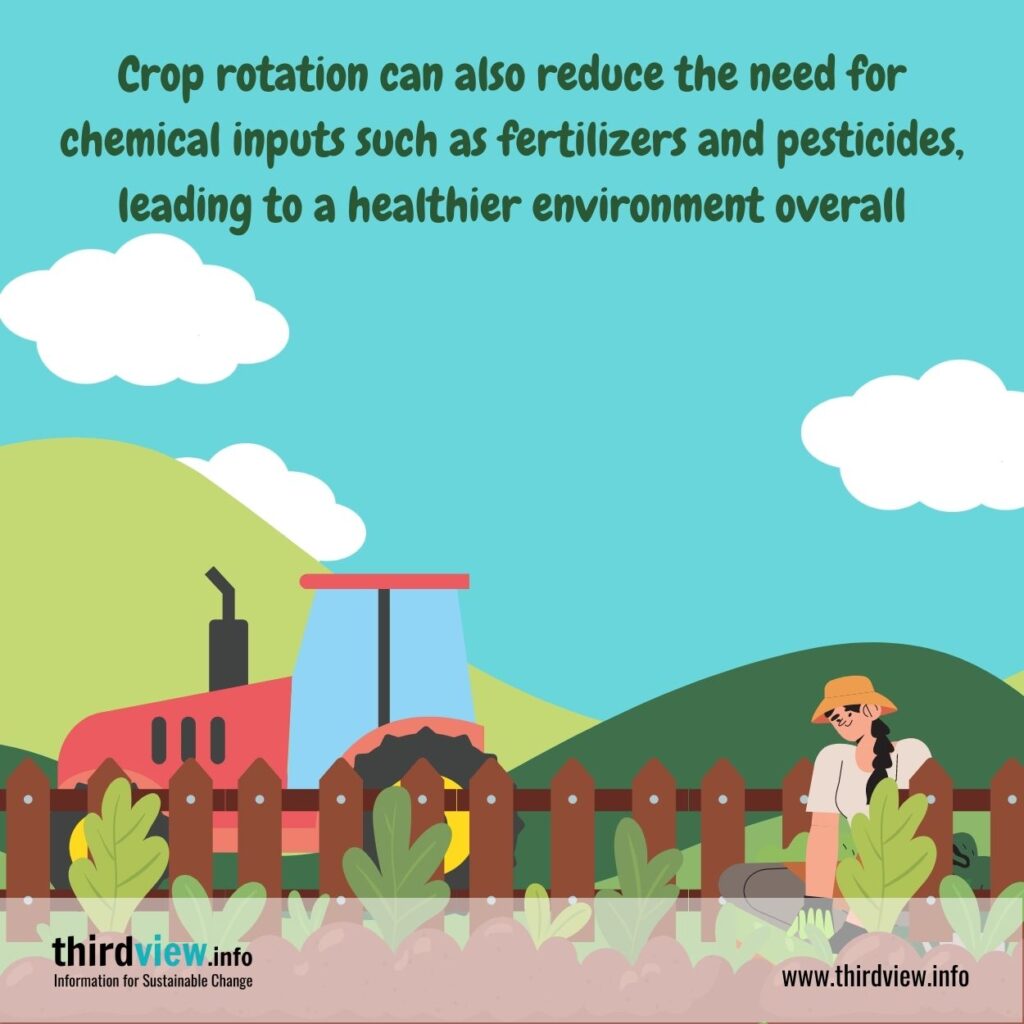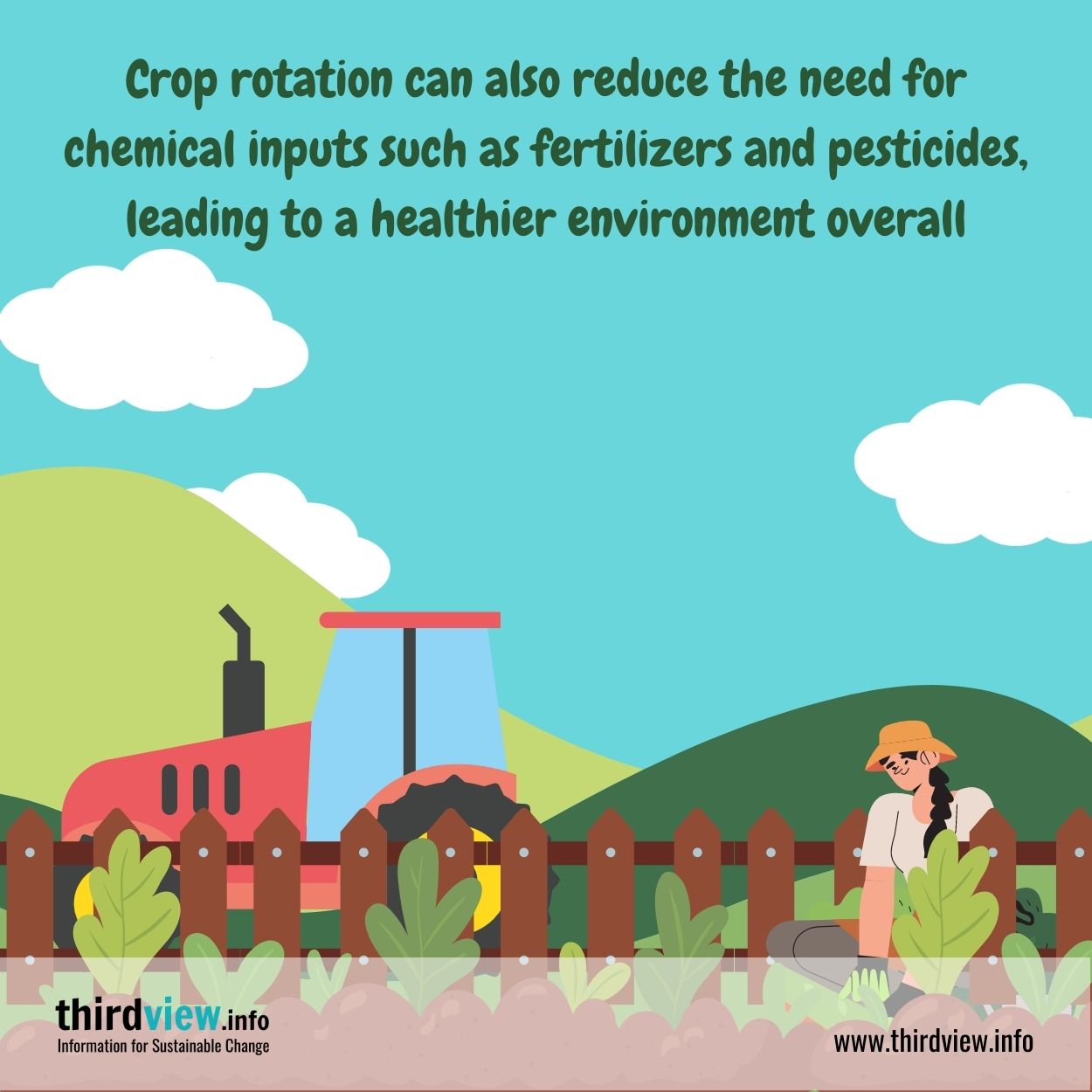Crop rotation has been a key agricultural practice for centuries, and its importance for soil health cannot be overstated. But in recent years, innovative crop rotations have been gaining traction. These alternative approaches to traditional crop rotations offer new opportunities for farmers and gardeners looking to improve their soil health and reduce the risk of soil degradation. Let’s explore what these innovative crop rotations are and how they work.
What is Crop Rotation?
A crop rotation is an agricultural practice that involves planting different crops in a specific pattern each year. This practice helps maintain soil fertility by replenishing nutrients taken away by previous crops while also controlling weeds, pests, and diseases that can damage plants. Traditional crop rotation involves planting two or more different crops in sequence across several years to maximize the use of land and resources while minimizing the risk of soil degradation.
However, some farmers are starting to recognize that traditional crop rotations are no longer enough to ensure optimal soil health. That’s why they’re turning to innovative approaches like intercropping or strip cropping. These methods allow for greater diversity in crops and help maximize resources like sunlight and water while breaking up pest cycles. They also help reduce erosion by increasing cover on land throughout the year.
Innovative Crop Rotations
Innovative crop rotations take traditional principles of crop rotation but apply them in unique ways to enhance soil health even further. Examples of innovative approaches include intercropping (planting multiple crops together), strip cropping (which involves alternating long strips of different crops in close proximity within one field), cover cropping (planting non-edible plants between crops to protect against erosion and add nutrients), conservation tillage (minimizing disruption of the soil), and no-till farming (avoiding tilling altogether). All of these practices help improve water retention, increase microbial activity, reduce erosion, and boost carbon sequestration—all essential components of healthy soil. Additionally, some innovative approaches involve growing perennial crops instead of annuals, which can reduce the need for tilling or ploughing the land each year—a process that disturbs beneficial microbes living within the topsoil layer.
Innovative crop rotations offer many benefits for farmers and gardeners looking to improve their soil health without resorting to chemical fertilizers or pesticides. By understanding how these alternative practices work—and how they differ from traditional methods—we can better appreciate the positive impact they have on our soils and on our environment as a whole. For those interested in making sustainable changes to their agricultural practices with lasting returns for their lands’ health, exploring innovative crop rotations is a great place to start.


